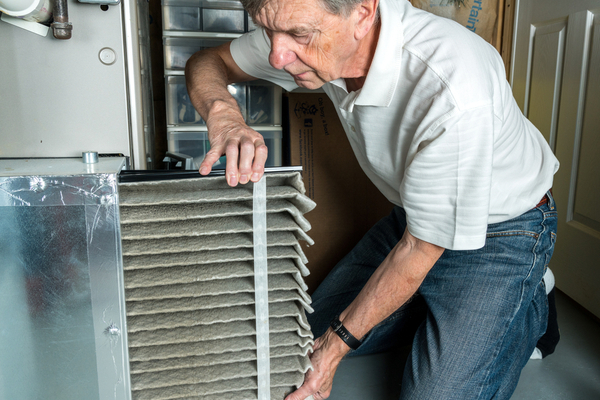As the days grow shorter and your thoughts turn to tailgating and football games, it’s easy to forget that your home needs a little TLC before Old Man Winter comes calling. By taking care of essential upkeep and repairs now, you’ll be investing in your house.
Home Improvement guru Bob Vila says these are the most common mistakes homeowners make during the Fall months:
Forgetting to Test Your Carpet Cleaner
Carpets see a lot of traffic over the warmer months, so these soft surfaces need a thorough cleaning in the fall to remove dirt and odors. In the rush to finish the project before the weather gets too cold to crack open the windows for ventilation, many homeowners forget to test the cleaning solution before they get started, and end up with a discolored patch. Harsh carpet cleaners and spot removers should always be tested in an inconspicuous spot, such as in a corner or beneath a rug, to prevent any damage.
Not Switching to High-Efficiency Bulbs
Because the sun sets earlier during the winter, you’ll be leaving your lights on for longer stretches of time. Prepare for the increased energy consumption by swapping your incandescent bulbs for either light-emitting diodes (LED’s) or compact fluorescent lamps (CFLs). You’ll spend a bit more per bulb initially, but LED or CFL bulbs last longer and save energy.
Sealing Gaps over Old Caulk
By sealing the gaps around windows and between siding boards in the fall, you can lower your heating bill and eliminate uncomfortably cold drafts in the winter. But before you start patching the holes, remember to remove all existing caulk, because new caulk needs a clean surface to seal properly. Use a razor blade to cut away the old caulk, then wash the area with a good degreasing detergent. Let the spot dry completely before applying new caulk.
Waiting to Replace Your Furnace Air Filter
Not only do clean furnace filters improve air quality by removing allergens more effectively, they also maximize the operating efficiency of your heating system—and a well-maintained heating system is a necessity during the winter. Most furnaces need a filter change every one or two months, but you may have to do it more often if you have a very dusty home or pets that shed. Replacing your own filter is relatively simple (with help from the furnace manual), but you can also hire an HVAC professional to clean the furnace, check for the presence of hazardous gases, make any necessary repairs, and replace the filter.
Not Getting Your Chimney Cleaned
Creosote buildup in the flue of a wood-burning fireplace can trigger a dangerous chimney fire. To ensure your safety as you snuggle next to toasty flames this winter, have your fireplace checked and cleaned by professionals. Chimney sweeps are always busiest in the fall, so be sure to schedule your cleaning early.
Forgetting to Change the Batteries
Protecting your family from dangerous fumes and fire hazards should always be a top priority. Carbon monoxide (CO) is a toxic byproduct of the incomplete combustion of fuels, including natural gas, coal, and wood. It can’t be seen or smelled, so it’s essential that you keep your CO detector (as well as your smoke detectors) working well. To be certain that your detectors never run out of juice, change the batteries when you change your clocks, starting this fall when daylight saving time ends.
Covering Soffit Vents in the Attic
Attic insulation is a smart investment. It conserves energy by trapping heat in the winter, thereby saving your furnace from excess wear and tear. When adding new insulation, however, don’t make the mistake of blocking your home’s soffit vents. These vents are vital for maintaining the flow of fresh air in the attic. If you’re adding batts, cut them to fit around, not over, soffit vents. If you’re blowing in attic insulation, cover the soffit vents with a piece of batt insulation or a board, and remove the cover after the blown-in insulation settles.
—
Photo Credit: Steve Heap / Shutterstock.com
